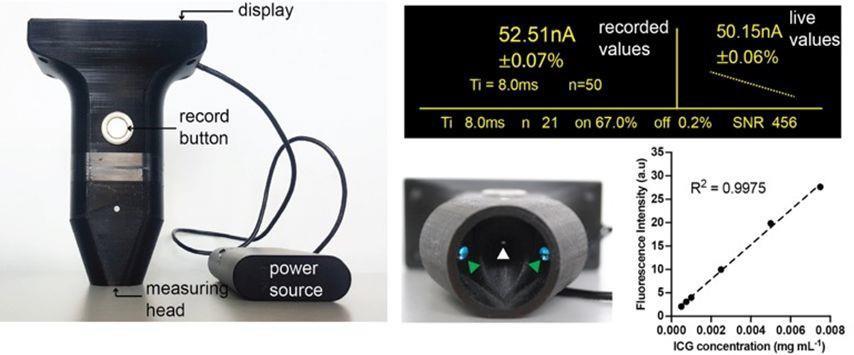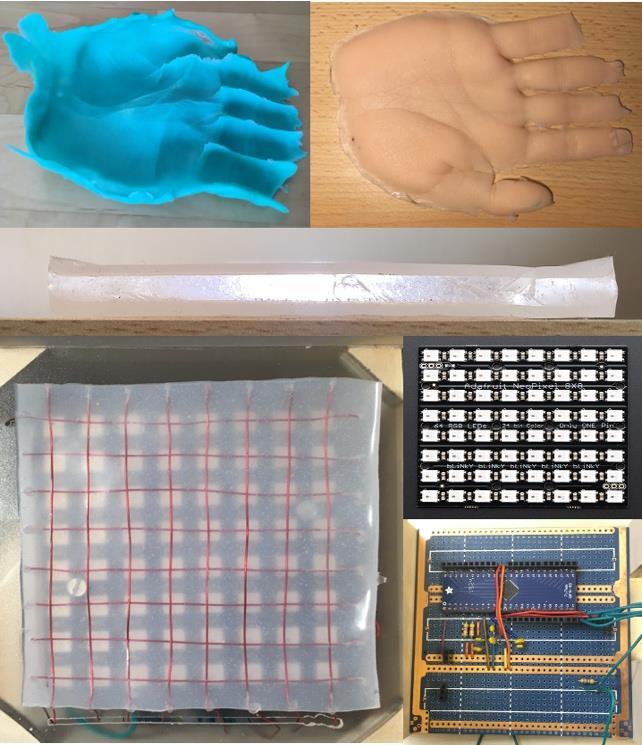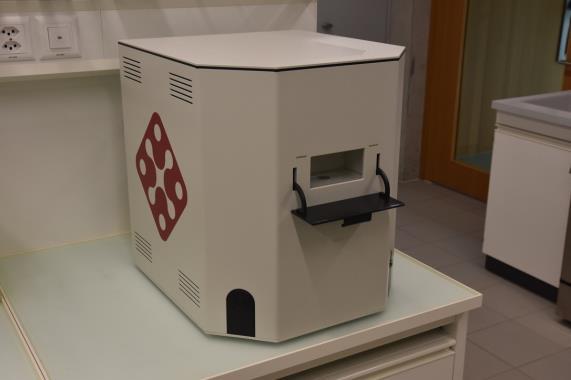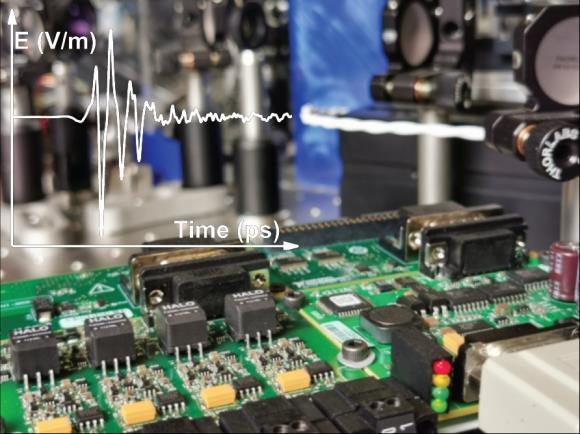Research Report 2021
Institute of Computational Physics
3-D model of Water and Heat Transport in PEMFCs during Evaporative Cooling and Humidification Evaporation in gas diffusion layers with hydrophilic lines have been shown to allow for simultaneous cooling and humidification in proton exchange membrane fuel cells (PEMFCs). The objective of this study is to enhance our understanding of evaporative cooling and humidification using numerical modeling. We investigate the dominant heat and water transport processes and analyze the local sensitivity of the simulation results to changes in operating conditions and model parameterizations. Contributors: Partner(s): Funding: Duration:
R. Herrendörfer, J. O. Schumacher SCCER Mobility, Paul Scherrer Institute (PSI) Innosuisse 2014–2020
Evaporative cooling is a promising concept to optimize the water and heat management in PEMFCs and thereby to reduce costs. It is based on the vaporization of water directly inside the cell to provide simultaneous humidification and cooling. The PSI has developed a concept that is solely based on modifications of the anode gas diffusion layer by locally changing the wettability from hydrophobic to hydrophilic. Experimental work at PSI has demonstrated the usability of this concept [1-2]. At the ICP, we have developed a 3-D, macro-homogeneous, non-isothermal two-phase model to investigate the dominant heat and water transport processes during evaporative cooling and humidification (Figure 1). We solve for the transport equations of gas, liquid water, dissolved water, heat, electrons and protons. In our reference model of a test cell, which was adapted to the experimental setup at PSI in terms of operating conditions and material properties [1], evaporation takes place in the hydrophilic line of the GDL primarily in contact with the gas flow and, to a smaller degree, in contact with the hydrophobic part of the GDL (Figure 2b). Most of the generated water vapor is transported to the outlet of the anode gas flow channel and only a small fraction of water vapor diffuses to cathode side (Figure 2a-b). The water content dissolved in the membrane is the highest on the anode side of the membrane below the hydrophilic line and liquid water channel (Figure 2c). Furthermore, the role of the water evaporation transfer coefficient is evaluated with respect to water vapor transport limitations.
Figure 1: 3-D model setup. Anode flow field with one gas and liquid water channel, respectively, a cathode flow field with two gas channels. The membrane electrode assembly includes the hydrophobic anode gas diffusion layer with one hydrophilic line.
References: [1] Cochet, M., A. Forner‐Cuenca, V. Manzi, M. Siegwart, D. Scheuble, and P. Boillat. Fuel Cells 18 (5): 619–26, 2018 [2] Cochet, M., A. Forner‐Cuenca, V. Manzi, M. Siegwart, D. Scheuble, and P. Boillat. JEC, 67 (8): 084518, 2020
Zurich University of Applied Sciences
Figure 2: Water management at anode side (top) and cathode side (bottom). (a) Relative humidity (RH). (b) Evaporation rate and streamlines of water vapor flux. (c) Streamlines of liquid water flux and dissolved water flux, water content dissolved in the membrane ().
25
www.zhaw.ch
















